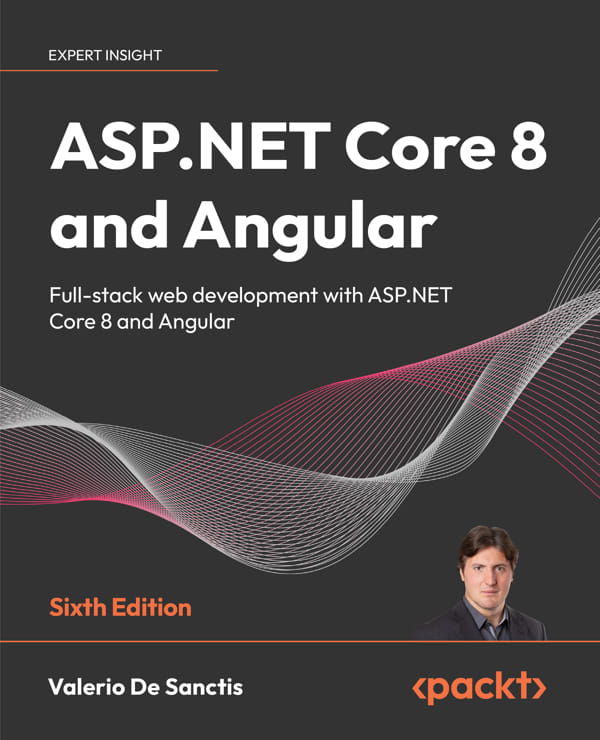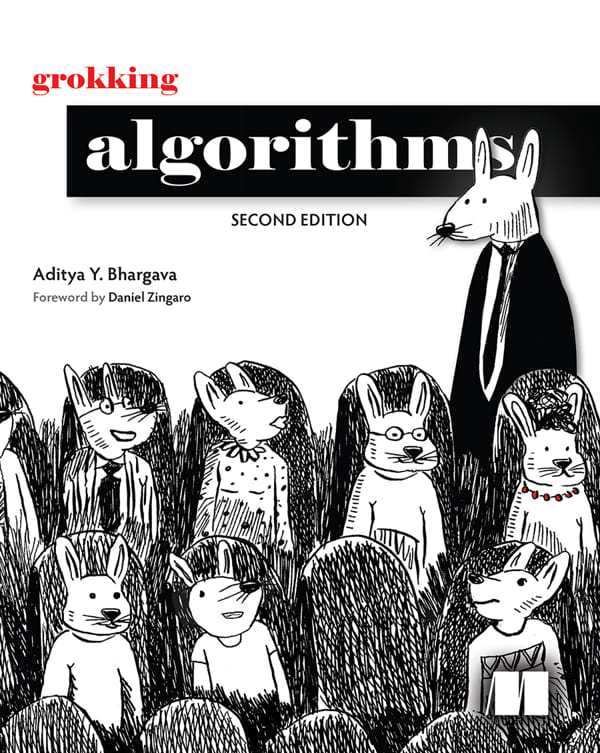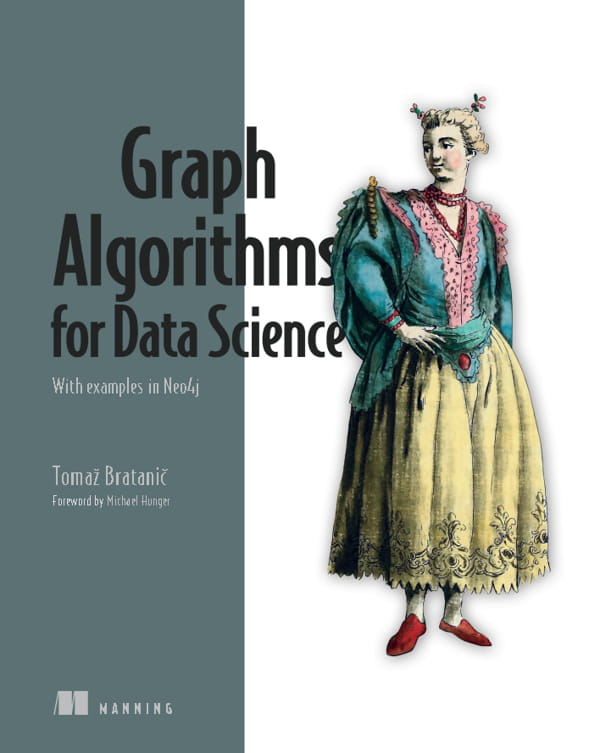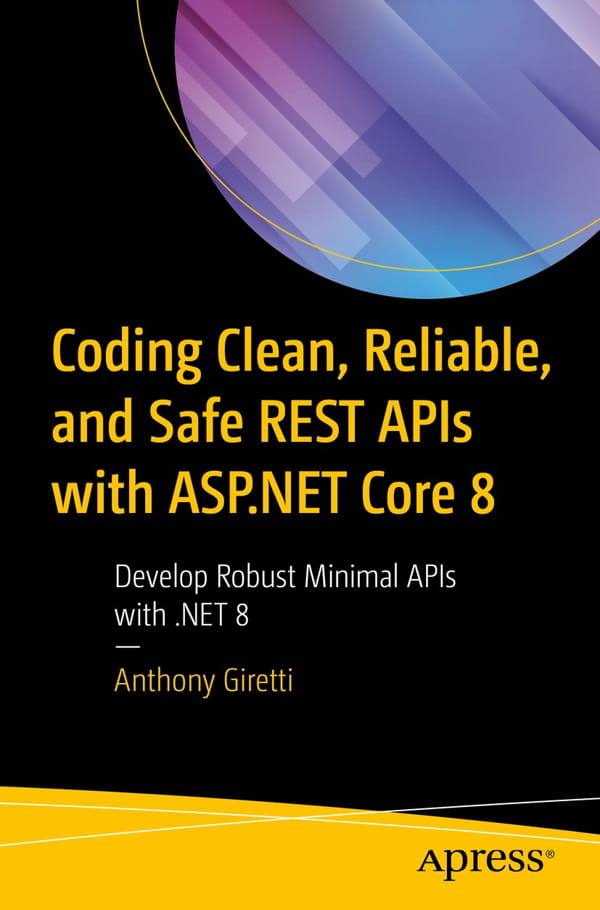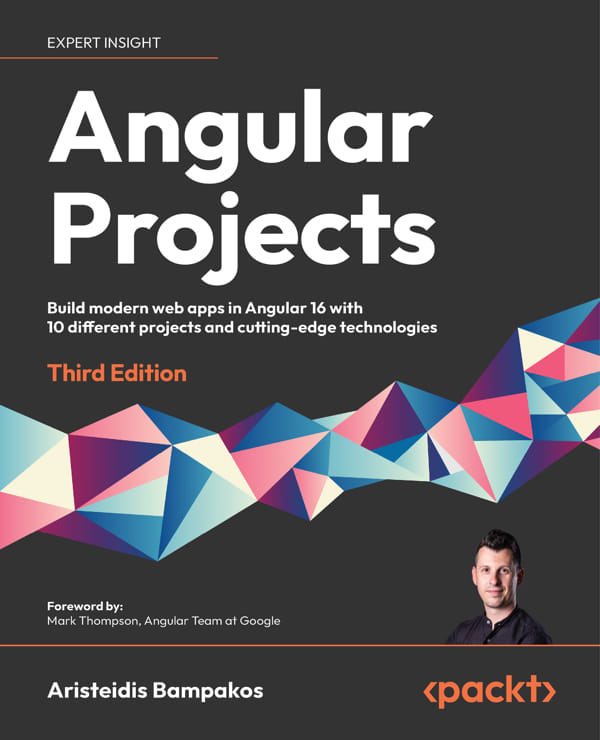C# 7.0 in a Nutshell: The Definitive Reference
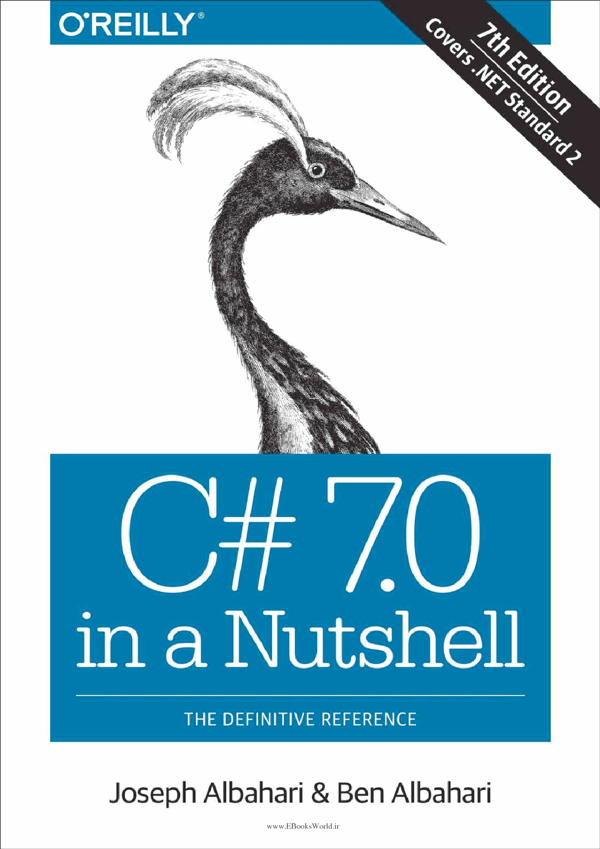
C# 7.0 ششمین به روز رسانی بزرگ زبان برنامه نویسی پرچمدار مایکروسافت است که سیشارپ را در عنوان زبانی با وسعت و انعطاف پذیری خارق العاده ای قرار داده است. از یک طرف انتزاعیات سطح بالایی مثل query expressionها و asynchronous continuations را ارائه میدهد، در صورتی که از طرفی دیگر این اجازه را میدهد تا با ساختن چیزهایی مثل value typeها سفارشی و اشاره گرهای اختیاری، بهره وری بیشتری سطح پایین داشته باشید.
هزینه ای که بابت این پیشرفت باید پرداخت شود این است که بیشتر از همیشه باید یاد گرفت. اگرچه ابزارهایی مثل IntelliSense مایکروسافت و مراجع آنلاین برای کمک به شما در کار عالی هستند، ولی آنها فرض را بر این گذاشته اند که نقشه راهی برای یادگیری مفاهیم دارید. دراین کتاب دقیقا نقشه راهی به صورت مختصر و یکپارچه فراهم شده که به دور از مزاحمت و مقدمات طولانی است.
مثل چهار ویرایش گذاشتهC# 7.0 in a Nutshell بر اساس مفاهیم و موارد استفاده سازمان دهی شده تا برای خواندن مطالب به صورت دنباله دار و مرور تصادفی مناسب باشد. این کتاب وقتی به صورت قابل ملاحظه ای در مطلبی عمیق شود که فقط با دانستن مفاهیم پایه، خوانندگان متوسط نیز مثل حرفه ایها بتوانند از آن مطالب بهره مند شوند.
این کتاب C#، CLR و اسمبلیهای هستهی فریمورک را پوشش میدهد. ما به این علت بر روی این مطالب تمرکز کردیم تا بتوانیم فضا را برای مطرح کردن عناوین پیشرفتهتری مثل همزمانی، امنیت و دامینهای برنامه بدون به خطر انداختن عمق یا خوانایی باز کنیم. امکاناتی که برای C# 6 و C# 7 و فریمورک مربوطه جدید هستند علامت گذاری شده اند تا شما بتوانید از این کتاب نیز به عنوان مرجعی برای C# 5 و C# 6 استفاده کنید.
به روز رسانی: نسخهی PDF واقعی و با کیفیت قرار داده شد.
C# 7.0 represents the sixth major update to Microsoft’s flagship programming language, positioning C# as a language with unusual flexibility and breadth. At one end, it offers high-level abstractions such as query expressions and asynchronous continuations, while at the other end, it allows low-level efficiency through constructs such as custom value types and optional pointers.
The price of this growth is that there’s more than ever to learn. Although tools such as Microsoft’s IntelliSense—and online references—are excellent in helping you on the job, they presume an existing map of conceptual knowledge. This book provides exactly that map of knowledge in a concise and unified style—free of clutter and long introductions.
Like the past four editions, C# 7.0 in a Nutshell is organized around concepts and use cases, making it friendly both to sequential reading and to random browsing. It also plumbs significant depths while assuming only basic background knowledge—making it accessible to intermediate as well as advanced readers.
This book covers C#, the CLR, and the core Framework assemblies. We’ve chosen this focus to allow space for difficult topics such as concurrency, security, and application domains—without compromising depth or readability. Features new to C# 6 and C# 7 and the associated Framework are flagged so that you can also use this book as a C# 5 and C# 6 reference.
Intended Audience
This book targets intermediate to advanced audiences. No prior knowledge of C# is required, but some general programming experience is necessary. For the beginner, this book complements, rather than replaces, a tutorial-style introduction to programming.
This book is an ideal companion to any of the vast array of books that focus on an applied technology such as ASP.NET, WPF, UWP, or WCF. The areas of the language and .NET Framework that such books omit, C# 7.0 in a Nutshell covers in detail—and vice versa.
If you’re looking for a book that skims every .NET Framework technology, this is not for you. This book is also unsuitable if you want to learn about APIs specific to mobile device development.
What You Need to Use This Book
The examples in this book require a C# 7.0 compiler and Microsoft .NET Framework 4.6/4.7. You will also find Microsoft’s .NET documentation useful to look up individual types and members (which is available online).
While it’s possible to write source code in Notepad and invoke the compiler from the command line, you’ll be much more productive with a code scratchpad for instantly testing code snippets, plus an Integrated Development Environment (IDE) for producing executables and libraries.
Table of Contents
Chapter 1. Introducing C# and the .NET Framework
Chapter 2. C# Language Basics
Chapter 3. Creating Types in C#
Chapter 4. Advanced C#
Chapter 5. Framework Overview
Chapter 6. Framework Fundamentals
Chapter 7. Collections
Chapter 8. LINQ Queries
Chapter 9. LINQ Operators
Chapter 10. LINQ to XML
Chapter 11. Other XML Technologies
Chapter 12. Disposal and Garbage Collection
Chapter 13. Diagnostics
Chapter 14. Concurrency and Asynchrony
Chapter 15. Streams and I/O
Chapter 16. Networking
Chapter 17. Serialization
Chapter 18. Assemblies
Chapter 19. Reflection and Metadata
Chapter 20. Dynamic Programming
Chapter 21. Security
Chapter 22. Advanced Threading
Chapter 23. Parallel Programming
Chapter 24. Application Domains
Chapter 25. Native and COM Interoperability
Chapter 26. Regular Expressions
Chapter 27. The Roslyn Compiler
 می پسندم
می پسندم
 به درد نمی خوره
به درد نمی خوره





